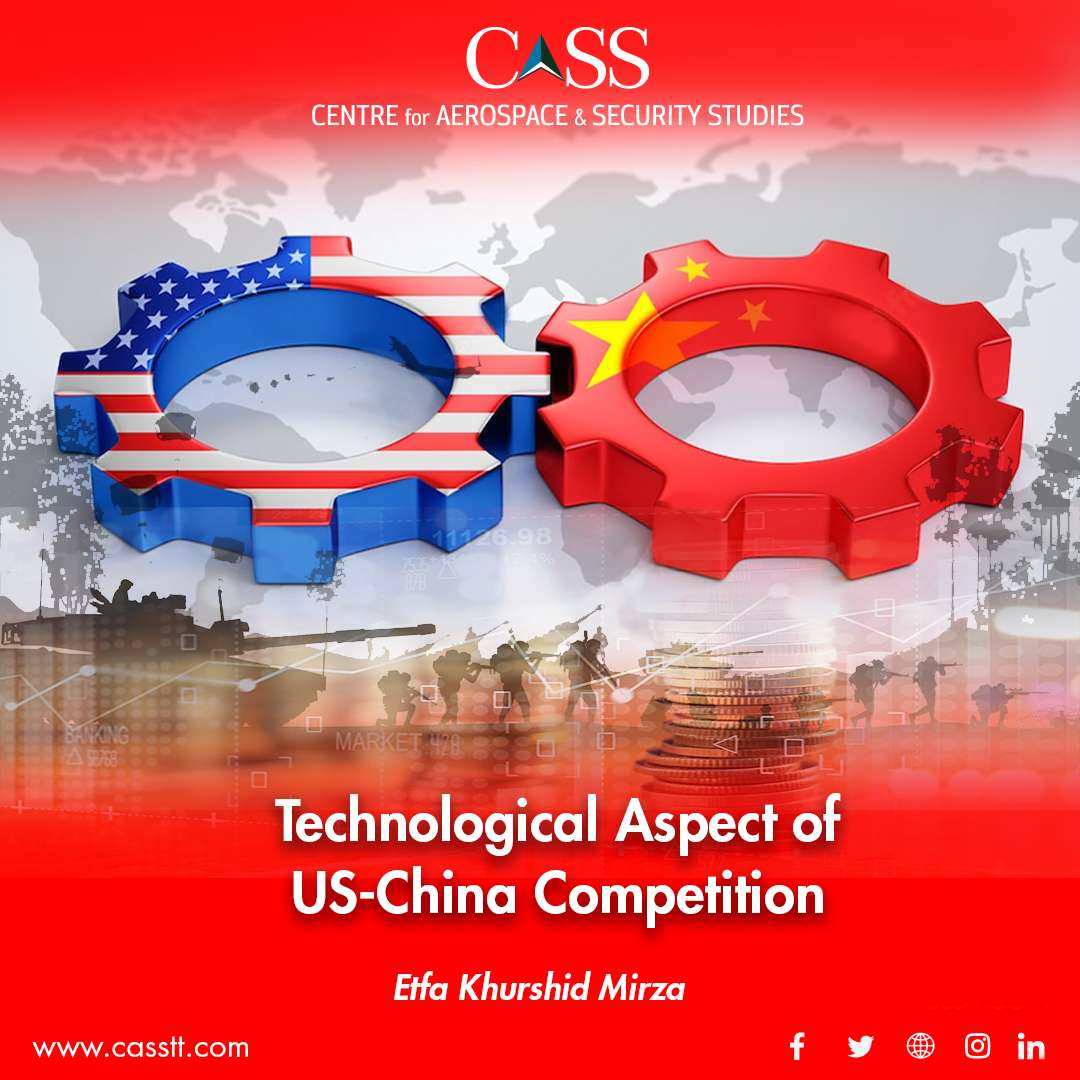The international system is undergoing a power shift in the 21st Century. An understanding of the effects of emerging powers on the current world order can be derived through a mathematical analysis of power. When calculating the distribution of power, the ‘Powermetrics Approach’ considers power in economic, military, and geopolitical terms. ‘Economic power’ also encompasses ‘military power’, and economic and military power combined define the ‘geopolitical power’ of a country.
Over the past few years, global power competition between the United States (US) and China has been a centre of all debates related to power. Applying the ‘Powermetrics Approach’ to such issues, it has been predicted that China is ahead of the US towards becoming the world’s most powerful economy, and in military and geopolitical domains, it is also making huge progress, according to a Powermetric Research Network Assessment from 2020. This assessment ranked countries according to their power status – superpower, global, great, or regional power. It ranked the US as a ‘superpower’ in military and geopolitical dominance, but it was ranked second in economic dominance.
One area in which competition between the two countries is intense, and superiority of a specific state, is uncertain is technological dominance. If we look at the broad contours of the competition specifically in this domain, we can discuss technologies such as Artificial Intelligence (AI), robotics, cyber and space, and assess where competition between these two major states is coming to a head.
There is a rising competition between the US and China in critical technologies, such as AI, machine learning, robotics, and autonomous weapons. According to a report, the US doubled its investment in critical technologies from USD 60.7 billion in FY 2017 to USD117.2 billion in FY2021. However, ‘despite these efforts, moving fast enough to beat China remains a pernicious challenge.’ On the other side, in China, there is great potential for AI growth and, by 2030, it will add up to USD 600 billion to its economy. Similarly, in robotics, China became a global leader with a 43% share in patents issued in 2019, and the US comes fourth after Japan and South Korea. Even though China appears to be ahead of the US in critical technologies, however, keeping in view the huge investments the latter is making, it may become a leader in this domain.
Similarly, inthe cyber sphere, competition is getting complex as a result of China’s ascent to significant world power status in this area. The nation boasts the largest internet user population in the world, which is one of its primary advantages in utilising this potential to grow its economy. In 2018, President Xi Jinping expressed the Chinese ambition of becoming a cyber great power by 2049. On the other hand, in the US, when it comes to cyber, the key feature is ‘deterrence’. There are deliberations about the current cyber strategy, whether it is a substitute to deterrence or its complement. In this context, the US has gathered policy inputs, resources and created an operational environment to support its Defend Forward efforts, however, it is yet ambiguous what future US cyber security policy would look like considering its enhanced security requirements and need to protect its interests at home and with its allies.
In the field of space, great power competition is intensifying as space militarisation is growing. The US Defense Intelligence Agency cautioned that since 2019, China and Russia have increased their in-orbit space assets by 70%. Additionally, their ambitions to explore celestial bodies such as the moon and Mars are viewed as a critical security concern for the US.
Keeping in view the nuances of their competition in the technological domain, it is believed that if the US and China get into the battle of technological dominance, both will fail obstructing global technology advancement and economic expansion. However, in matters relating to national security, there are zero-sum rules. With increased reliance during conflict, technologies that are used for military and security purposes, will need to be isolated from what is otherwise a reasonably open global technological race to encourage healthy competition.
To conclude, both countries are aspiring to dominate each other in the tech domain. For any country, long-term technological dominance is improbable due to continuous innovation. Hence, both should adopt a pragmatic approach that is realistic and advantageous to their economic growth as well. For instance, if the US approach is not to lag behind China, and China’s approach to catch up in areas where it trails, both states should consider the cost that their economies have to pay in case they fail to achieve their objectives. In this respect, they can cooperate with each other by making significant investments in science and technology adding an element of strategic cooperation to their strategic competition.
Etfa Khurshid Mirza is a Researcher at the Centre for Aerospace & Security Studies (CASS), Islamabad, Pakistan. Her area of interest is warfare and emerging technologies. She can be reached at [email protected]
Image Credit: Online Sources





